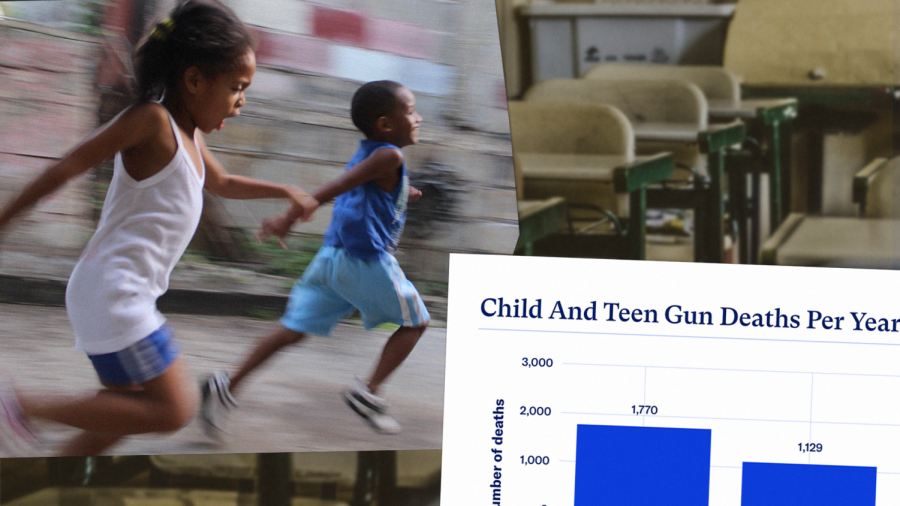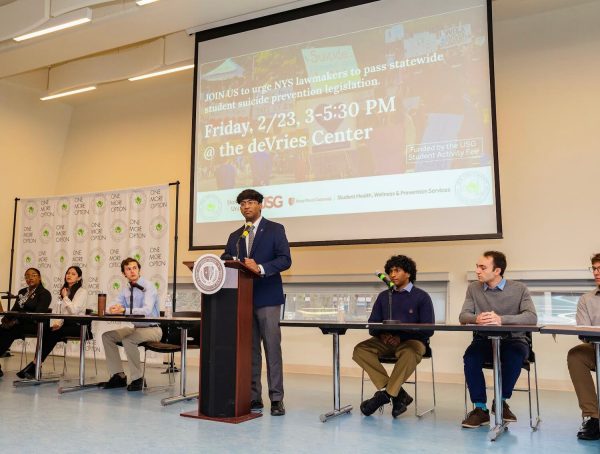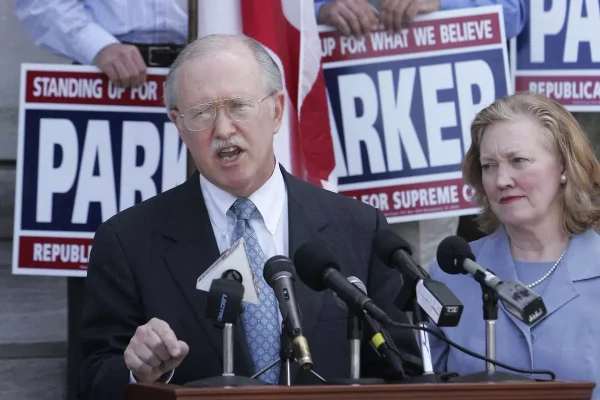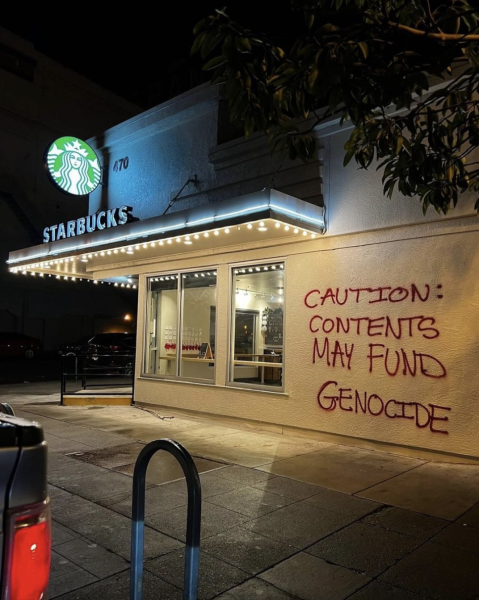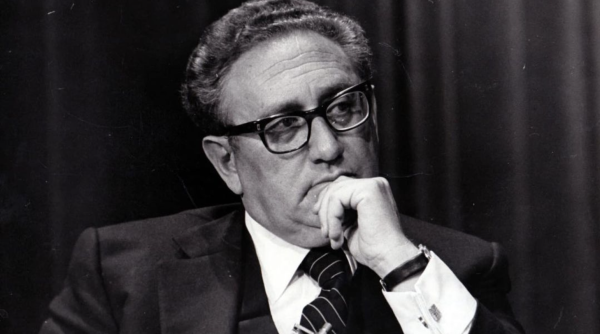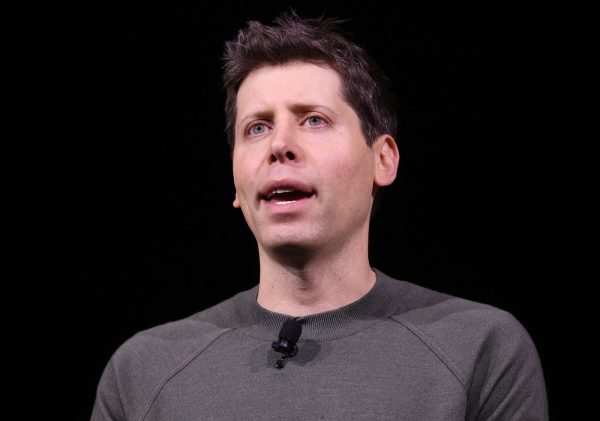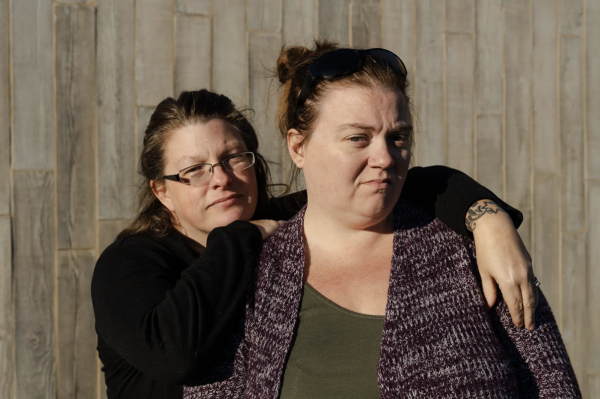Mass shootings continue to increase in the United States
October 21, 2021
Content Warning: This article contains descriptions of gun violence and suicide. If you or someone you know is suffering from mental illness or is at risk of self-harm, please call the National Suicide Prevention Lifeline for support at 800-273-8255. Help is available.
Media outlets and news channels have overcompensated the screens of American citizens with overwhelming coverage on updates regarding the pandemic for more than a year now. As a result, acute news stories have been hiding in the shadows of the coronavirus. The Pace Press would like to acknowledge the impact of such and take a moment to discuss a crucial yet minimized topic, one of the most pressing epidemics for a student alongside the coronavirus: mass shootings.
Since the University community and colleges around the nation turned to remote education amid the pandemic, a number of challenges arose, including declining test scores and students’ mental health and well-being. This, in correlation with the recommendation from the Centers for Disease Control and Prevention to urge schools to reopen in person in the fall, raised strong opposition from students and parents.
Unfortunately and consequently, the private sector’s need for in-person education to resume has led to the resurgence of gun violence, threatening the physical and mental health of students and faculty on an unprecedented scale.
Based on data recorded from Everytown For Gun Safety, “there were at least 106 incidents of gunfire on school grounds, resulting in 22 deaths and 57 injuries nationally” as of Oct. 17. In comparison, it was recorded that 96 incidents of gunfire on school grounds resulted in 23 deaths and 43 injuries in 2020. The number recorded in 2021 has nearly doubled since the non-profit started tracking statistics regarding gun violence on school campuses in 2013, with a total of 51 gun violence incidences, resulting in 26 deaths and 37 injuries.
While disheartening, University student Yianni Nicolaides commented on the harsh reality of how society views mass shootings.
“It’s honestly sad to say but I’ve become so numb to these shootings because they happen so often. When I see it on the news or Twitter, I might pause for a moment, but then I just scroll past it because I know there will be another one coming soon,” he said.
The organization has written a report called “Keeping Our Schools Safe,” pleading to the leaders of the United States, who have failed to address the root causes of school gun violence in the form of mass shootings, gun homicides, non-fatal assaults, unintentional discharges, and firearm suicides. The report culminates a multitude of approaches that have proven effective by “addressing students’ health, empowering teachers and law enforcement to intervene when students show signs they could be a danger to themselves or others, improving our schools’ physical security, and keeping guns out of the hands of people who shouldn’t have them in the first place,” the organization’s website states.
University student Matt Cartwright expressed frustration towards gun policy legislation, confronting the lack of attentiveness from policymakers and providing an example of a preventive measure to decrease gun violence proactively.
“It’s disgraceful that this is still happening on such a large scale when we know how to prevent it. The majority of the country supports things like universal background checks. However, politicians like Ted Cruz, who the NRA owns, block common-sense gun legislation,” he stated.
Everytown For Gun Safety classifies gunfire on school grounds if “a gun discharges a live round inside (or into) a school building or on (or onto) a school campus or grounds, where ‘school’ refers to elementary, middle, and high schools–K-12–as well as colleges and universities.”
The non-profit conducted an analysis in which the non-profit identified 549 incidents of gunfire on school grounds from 2013 to 2019. 347 occurred on the elementary, middle, or high school grounds resulting in 129 deaths and 270 people wounded, including 208 of the victims were students.
A call for action is needed at the University to uphold the safety and security of our student body, staff, and faculty. The University has partnered with SafeColleges to offer digital Safety and Emergency training courses to educate and engage staff, faculty, and students.
In an email distributed to the student body on Oct. 14, the University states that any student, staff, faculty chair, and faculty receiving grant funding are REQUIRED to complete the training modules. The modules include various safety-related training programs, including Active Shooter, Fire Safety, and Health Emergencies.
The course ‘Active Shooter: Run, Hide Fight for Students’ requires 14 minutes of training and is due Oct. 29.
For questions regarding training, please contact the Safety and Security Office, [email protected].
